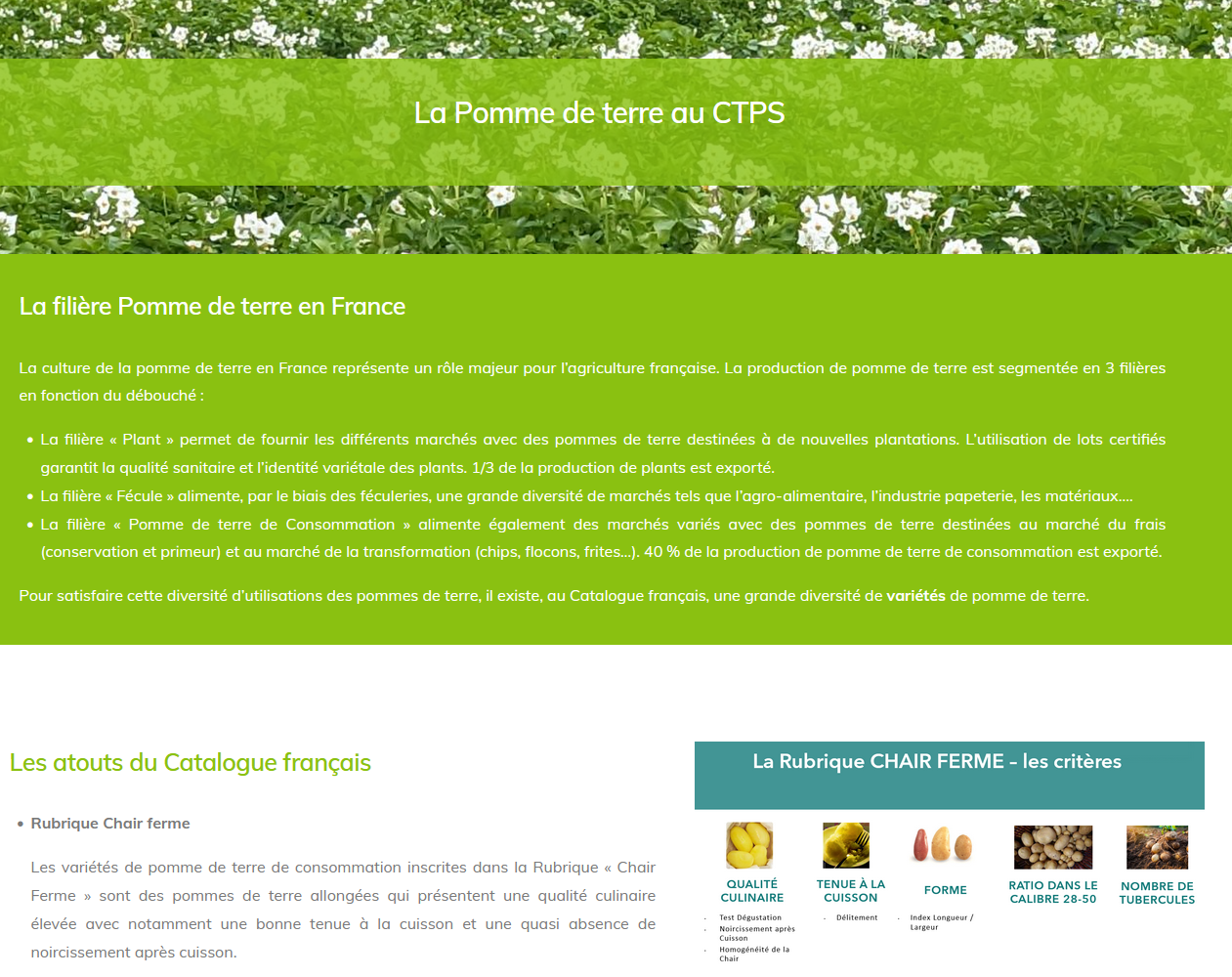
Two new plant genetic resources conservation networks created in 2021
Following the creation of the Lactuca network in 2020, stakeholders have now come together to work on plant genetic resources (PGR) of beans (Phaesolus vulgaris) and onions (Allium Cepa) by setting up two new public-private cooperation networks around these resources.
Collections of of genetic resources are made available for scientific research and applied plant breeding. They are also used to conserve some of these resources as a national agricultural and food heritage.
These new networks bring together a wide range of stakeholders around two major objectives: pooling the conservation of PGRs and identifying accessions to be included in the national collection by the networks.
The “Bean Network” has 14 stakeholders : the Centre de Ressources de Botanique Appliquée (CRBA), the Centre Régional de Ressources Génétiques Hauts-de-France (CRRG HdF), EliSeeds 41, the École Nationale Supérieure de Paysage – Potager du Roi, Gautier Semences, GSN Semences, INRAE Saclay, OBS Innovation, Semences de Provence, Unilet, the Union pour les Ressources Génétiques du Centre-Val-de-Loire (URGC), Vilmorin & Cie and the GEVES. The collection managed by the network gathers roughly 1600 accessions of old varieties and scientific material mainly from the INRAe’s previous work. As for the “Onion Network”, it brings together 9 stakeholders: AgroCampus Ouest, Gautier Semences, L’Aubépin Semences Biologiques, Métropole de Lyon, OBS Innovation, Sakata, Trois Bulbes, Vilmorin & Cie and GEVES. The collection managed by the network comprises of around 150 samples of local, French or foreign varieties or populations mainly from INRAE’s work.
The activities carried out by the stakeholders are defined by a charter, although they can evolve according to the needs of the network. Currently, most of the stakeholders in the bean network carry out the multiplication and characterisation of the accessions entrusted to them. Whereas most of the stakeholders of the onion network carry out the multiplication and GEVES is left in charge of characterisation.
 In 2021, the stakeholders will ensure the regeneration and characterisation of more than 250 bean accessions. 14 onion accessions have already been regenerated and 20 accessions are being multiplied by the partners in 2021. The number of accessions to be multiplied and/or characterised is adapted according to the stakeholder’s capacity to receive them. In parallel with these activities which are essential for the conservation of the material managed by these collections, these networks have a scientific manager and the bean network has a promotion manager.
In 2021, the stakeholders will ensure the regeneration and characterisation of more than 250 bean accessions. 14 onion accessions have already been regenerated and 20 accessions are being multiplied by the partners in 2021. The number of accessions to be multiplied and/or characterised is adapted according to the stakeholder’s capacity to receive them. In parallel with these activities which are essential for the conservation of the material managed by these collections, these networks have a scientific manager and the bean network has a promotion manager.
GEVES is involved in many ways; in addition to leading these two new networks and managing the collections, GEVES also participates in characterisation and/or regeneration activities. For example, in 2021, the regeneration and characterisation of beans is underway on about 60 accessions and the characterisation of long-day onions is being carried out on 14 accessions.
The partners’ expectations vary depending on their professional activities: easier access to genetic material, enhancement of old varieties or local populations, better knowledge of the species, etc.
In the future, introduction of new material into the collection, collection of material and evaluation projects of the conserved resources may be carried out with interested stakeholders.




